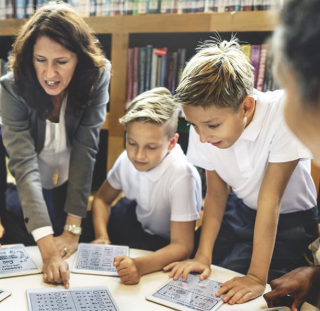Personalized learning offers students tailored educational experiences that support their unique strengths, needs, and interests. While much of this work happens in classrooms, parents play a key role in ensuring its success. Their encouragement, communication, and involvement can significantly enhance a child’s motivation and progress in a personalized learning environment.
Understanding Personalized Learning
Personalized learning is a student-centered approach that allows for different learning paths, paces, and styles. It emphasizes setting individual goals, using diverse resources, and encouraging students to take ownership of their learning. With this model, families are not just observers but active partners.
Creating a Supportive Learning Environment at Home
A quiet, well-organized space for study can make a big difference. Parents can support personalized learning by ensuring their child has access to the materials and tools they need, including internet access, reading materials, or educational apps. Encouraging a routine with built-in breaks and time for reflection helps students manage their workload and build self-discipline.
Encouraging Goal Setting and Reflection
Help your child set realistic learning goals and reflect on their progress. Ask questions like “What are you working on this week?” or “What did you learn today that excited you?” These conversations build self-awareness and help students see their growth.
Staying Informed and Connected
Strong communication between parents and educators is essential. Stay involved by attending school meetings, reading teacher updates, and asking questions about the learning approach. Understanding your child’s learning goals and progress enables you to offer better guidance at home.
Promoting Independence and Responsibility
Personalized learning encourages students to make choices and take responsibility for their learning. Parents can support this by allowing children to make decisions about how they study, what resources they use, or how they manage their time. Gentle guidance and positive reinforcement can build confidence and a sense of ownership.
Celebrating Effort and Progress
Focus on progress and effort rather than just final results. Personalized learning values the journey as much as the destination. Recognizing small wins and celebrating growth encourages perseverance and resilience.
Encouraging Curiosity and Exploration
Support your child’s interests by connecting them with books, videos, or local activities related to what they’re learning. Personalized learning thrives when students are excited and curious. Parents can nurture this by engaging in discussions and exploring topics together.
Advocating for Your Child’s Needs
Every learner is different. If something isn’t working, don’t hesitate to communicate with teachers or school staff. Whether it’s about additional resources, language support, or learning strategies, advocating for your child helps ensure they get the most out of their education.
Conclusion
Parents are powerful allies in a personalized learning journey. By providing encouragement, structure, and communication, families help create the conditions where children can thrive. When schools and families work together, personalized learning becomes more than a method—it becomes a shared commitment to student success.














